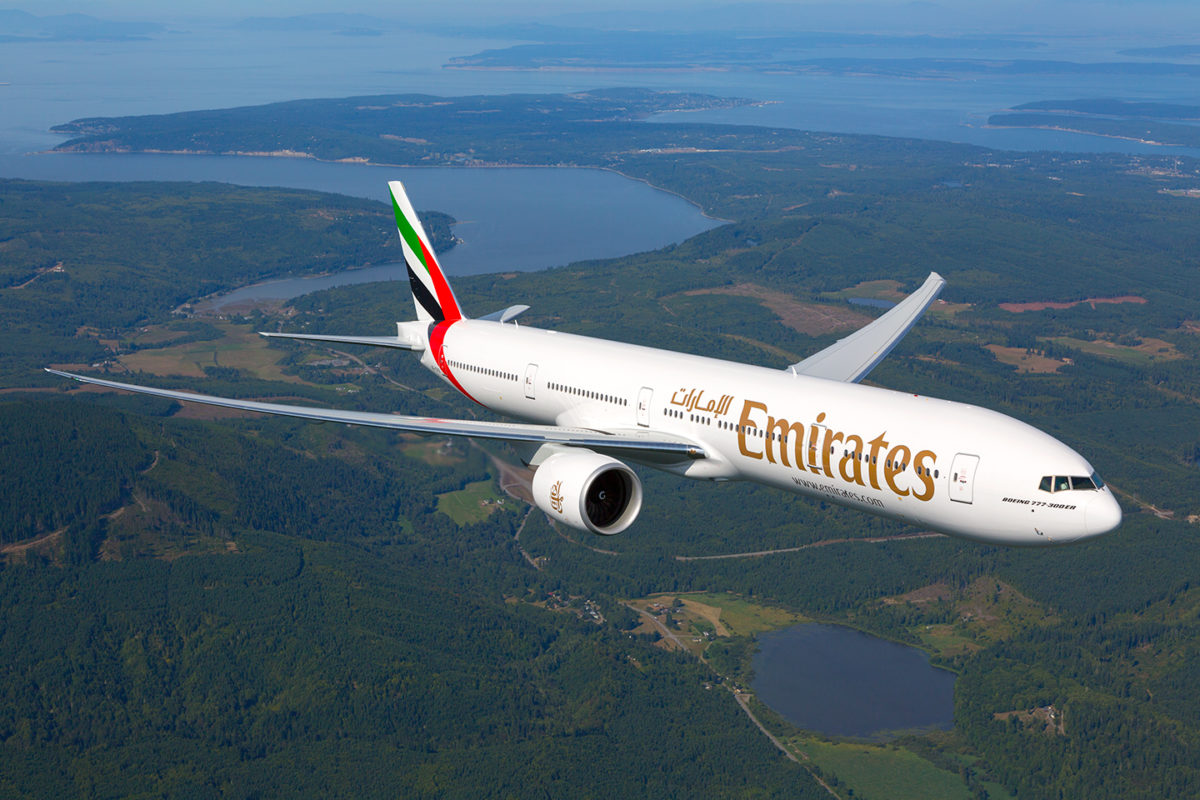Emirates Group has released their 2018-2019 results, highlighting some trends that we’ve seen across various other airlines over the same period.
Compared to last year, Emirates’ profits are down 69% at US$ 237 million, representing a 0.9% profit margin. Although a shocking drop, the airline still made a profit and remained in a far better position than their competitor, Etihad, who remains in a difficult financial position.
Some key figures:
- Steady passenger and cargo movements allowed Emirates to record a revenue increase of 6% at US$ 26.7 billion.
- With the net addition of two new aircraft to their fleet, Emirates’ available tonne kilometer (ATKM) figure crosses 63.3 billion, firming their position as the world’s largest international airline.
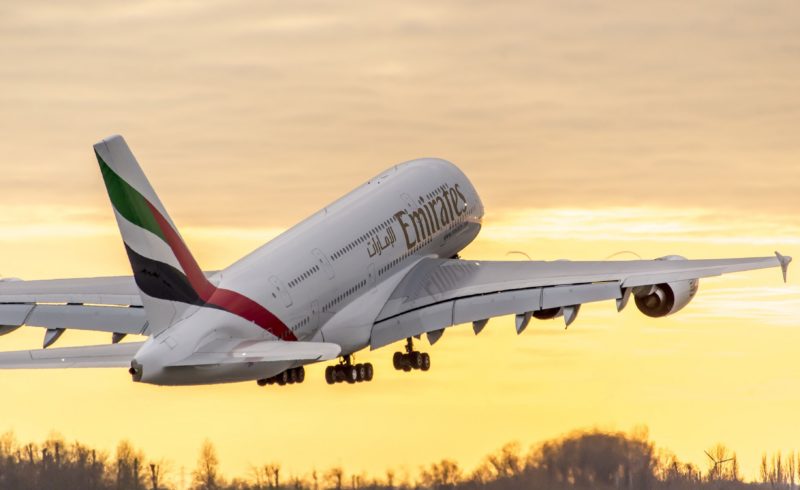
Emirates notes although it was a good year, it wasn’t completely smooth, stating higher oil prices and a strengthened US dollar chewed away at their earnings. Travel demand in the Emirates region weakened, as did cargo demand, which is reflected in the poor results of Emirates Group as a whole.
Diving deeper into oil prices, its clear Emirates’ isn’t the only airline suffering. Numerous airlines are finding competition harder with the price rises, with some airlines collapsing because of increased prices.
“The airline’s fuel bill increased substantially by 25% over the last year to US$ 8.4 billion. This is the biggest-ever fuel bill for the airline, accounting for 32% of operating costs.”
During the 2018-19 year, Emirates received 13 new aircraft, comprising of six Boeing 777-300ERs wrapping up their order for the type, and seven Airbus A380s.
To balance out this income of aircraft, 11 older aircraft were removed from service, bringing their fleet count to 270 as of the end of March.
An effort to increase flights to existing cities as well as the introduction of new cities boosted Emirates’ global dominance, with codeshares with Jetstar Pacific and China Southern Airlines. A partnership with South African Airways was also launched in the period.
Probably the most staggering figure no matter the performance is passenger counts. Whether a large airline reports a decrease or not, seeing this number always helps put the scale of commercial aviation into perspective.
Emirates carried 58.6 million passengers, reflecting an increase of 0.2% compared to the previous year. Seating capacity was increased by 4%, achieving a passenger seat factor of 76.8% – a slight decline compared to last year’s 77.5%.
The following list highlights the major works completed in 2018-19 by the airline:
- US$150 million Boeing 777-200LR cabin refurbishments complete
- Launch of Emirates Vintage Collection
- New luxury items for first and business class travelers
- Biometric technology introduced to ease passengers through checkin
- New lounge in Cairo and updated lounges in New York and Rome
Cargo
Emirates SkyCargo delivered strong results, contributing to 14% of the airline’s total transport revenue. Specific SkyCargo revenue topped at US$3.6 billion – an increase of 5% compared to previous years.
2.7 million tonnes of freight was transported across the SkyCargo network using the airline’s 12 Boeing 777 Freighter aircraft.
New Aircraft
In February this year, Emirates signed for 70 new Airbus aircraft, comprising of 40 A330-900neos and 30 A350-900s in a deal worth US$ 21.4 billion at list prices. It’s worth noting that such a significant deal and with the A380 programme being terminated, it’s likely Emirates received a large discount.
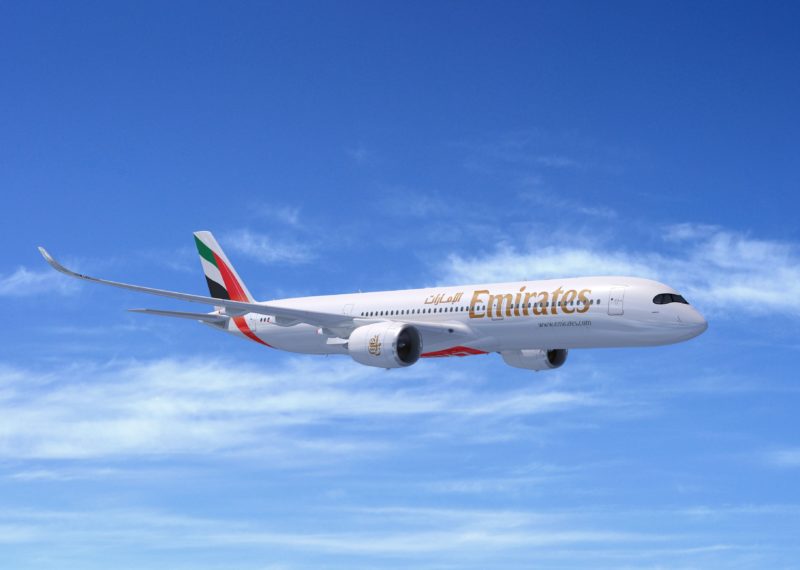
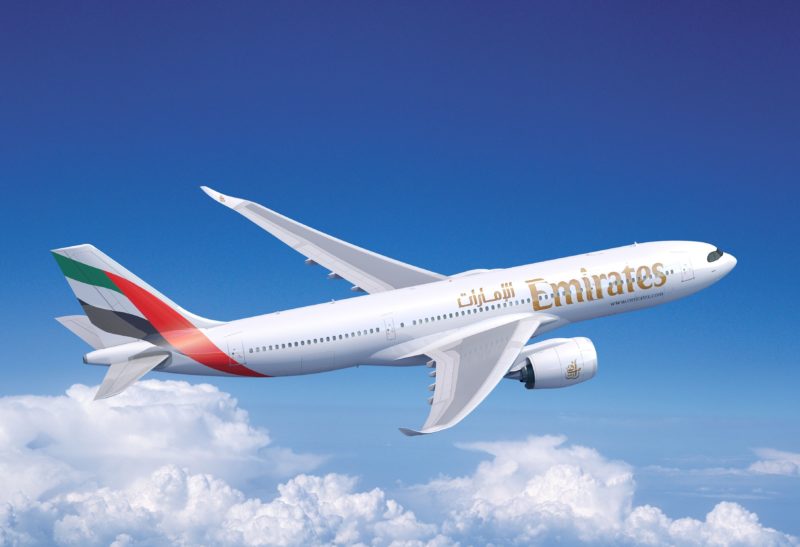
Emirates will receive their final Airbus A380 in 2021 which is when Airbus will officially terminate the superjumbo program.
The A330neos and A350s will being to arrive in 2021 and 2024 in a sustained manner.
Farewell Boeing 787? Apparently not.
What originally seemed to be a cancellation of their commitment when the Boeing 787 from their future aircraft list, Emirates has reached out to this blog to add the following statement:
“In November 2017, Emirates announced a memorandum of understanding for the purchase of 40 Boeing 787s which at this time has not been converted into a firm contract. However, we can confirm that discussions on the 787 are ongoing.”
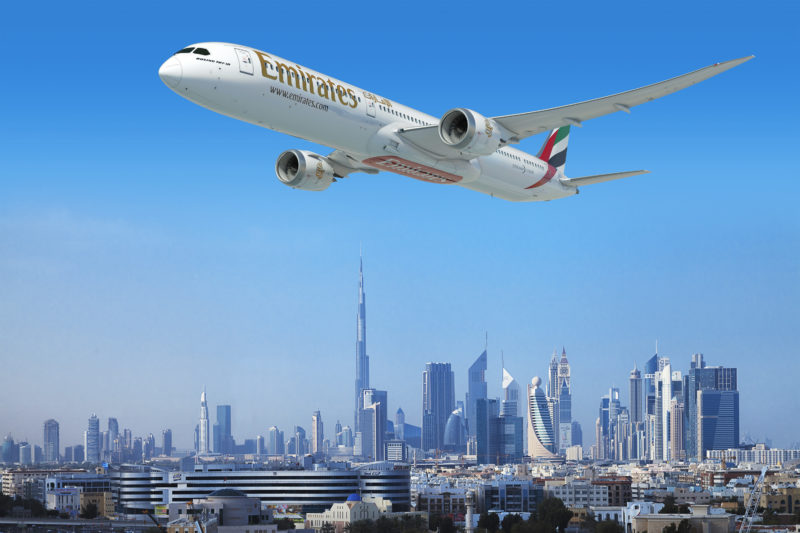
Closure
Emirates has shown some rather interesting figures, with most showing impressive results. Looking at other airline’s results, Emirates figures are completely understood, especially with the high fuel prices and easing passenger demand.
With all 777 deliveries fulfilled and only a few more A380s to arrive, the 2019-20 year is looking positive, with no serious amounts of money being transferred for new aircraft apart from the Boeing 777X, which will only just enter their fleet. Additional improvements to their route network will continue, as will the constant growth on the ground.


